10 Horror Films That Subvert the Final Girl Trope
These 10 horror films grace our screens with legendary characters who completely subvert the final girl trope.
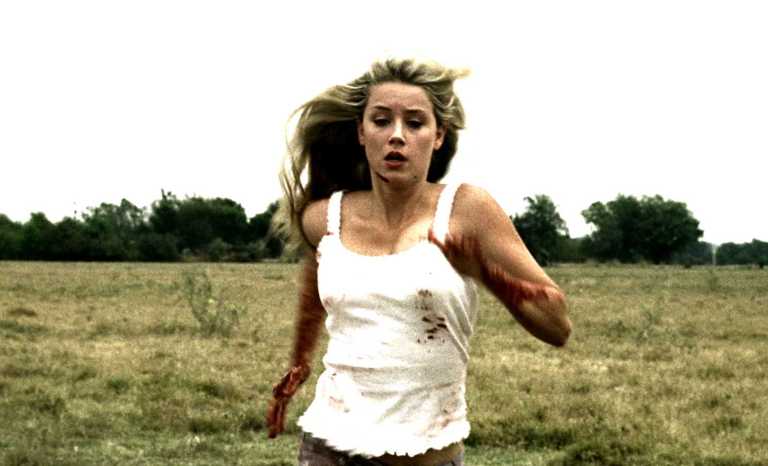
Jess Bradford and Sally Hardesty (Olivia Hussey and Marilyn Burns), in Black Christmas (1974) and Texas Chainsaw Massacre (1974), respectively, are widely considered the genre’s original final girls. Because both movies were released on the same day, they both received the honorary title. Although Jess’s fate is left ambiguous, Black Christmas implemented numerous tropes that became central to the slasher subgenre. Both Jess and Sally challenged the stereotypical “damsel in distress” trope that came before them and founded the Final Girl trope.

The term “Final Girl’ wasn’t coined until 1987 by Carol J. Clover, in her essay “Her Body, Himself: Gender in the Slasher Film.” She later explored the trope further in her 1992 book Men, Women and Chainsaws. Clover describes the final girl as “the one who encounters the mutilated bodies of her friends and perceives the full extent of the preceding horror and her own peril; who is cornered, wounded; whom we see scream, stagger, fall, rise and scream again. She is abject terror personified.” The final girl is the last one left standing after a bloody massacre, and sometimes annihilates her would-be killer in the end. There are common traits prevalent in the trope—the final girl is morally superior, virtuous, coded as virginal, innocent. She, as Clover points out, “is also watchful to the point of paranoia; small signs of danger that her friends ignore, she registers. Above all she is intelligent and resourceful in a pinch.”
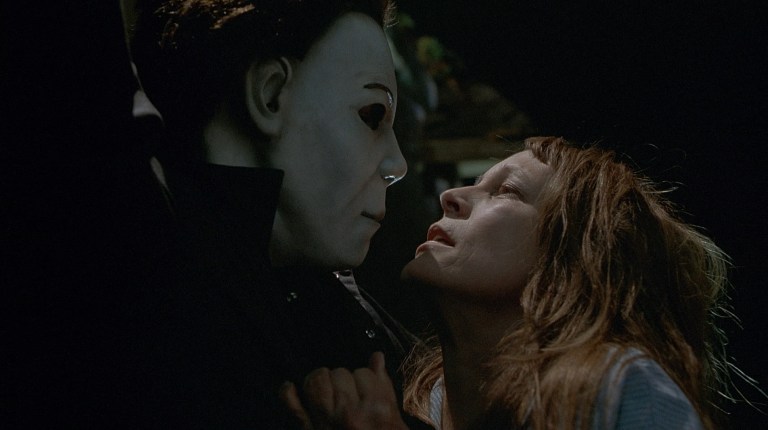
After Jess and Sally, came Laurie Strode (Jamie Lee Curtis) in Halloween (1978), the quintessential final girl responsible for popularizing the trope. Well-behaved Sidney Prescott (Neve Campbell) has sex for the first time with her boyfriend on screen in Scream, then goes on to survive future films, becoming perhaps the first final girl who subverts the trope’s expectations. Final girls have evolved over time into something completely different, even breaking away from the slasher into other subgenres. They’re no longer “pure” or subservient to society. They don’t survive just out of sheer luck. They’re women with grit. They don’t run away from their tormentor, but seek him out. Sometimes, they’re the killer.
The 10 horror movies on this list change the rules of horror entirely by subverting the final girl trope with characters who redefine it. (Warning: spoilers ahead).
All the Boys Love Mandy Lane (2006)
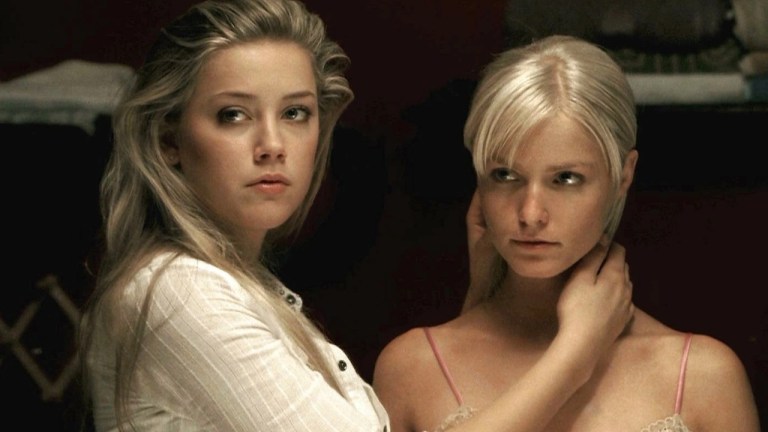
2000s horror is widely known for slasher remakes and reboots, but there were a few great originals. Among them is the criminally underrated All the Boys Love Mandy Lane, a movie too smart for its audience, which completely revamps horror tropes of the 70s and 80s. The plot is deceptively formulaic: Outsider Mandy Lane (Amber Heard) “gets hot”” over the summer, attracting the attention of the boys at her Texas high school. After becoming part of the “in crowd,” she accepts an invitation to an overnight party at a secluded ranch, where the teens start getting picked off one by one.
The killer is exposed early on: her (seemingly) former best friend Emmett (Michael Welch). It appears to be a classic psycho stalker and revenge situation, because of how his victims bullied him, how Mandy’s character is played up to that point, and his obvious infatuation with her. This was a brilliant misdirection. Chloe (Whitney Able) is so relieved to see Mandy as she runs away from the killer. They embrace in a hug, and suddenly her friend stabs her through the stomach. The viewer feels as confused and betrayed as Chloe. The final girl was never a target—she was the diabolical mastermind all along.
The Loved Ones (2009)

It’s not a slasher, but this Australian torture film certainly deserves to be on this list. The Loved Ones doesn’t only subvert the final girl trope, but it turns the whole genre on its head through genderbending. The coming-of-age horror twists conventional teen tropes into something fresh and unique. In the place of a male tormentor, there’s female villain Lola “Princess” Stone (Robin McLeavy), who kidnaps Brent (Xavier Samuel) after he politely turns down her invitation to prom. With the help of her equally psychotic father, she tortures Brent in her prom-decorated basement under a disco ball.
The girl in this one isn’t some helpless teenage victim trying to escape the violence of some demented male killer, but a sadistic captor who gets off on inflicting severe pain on others. It’s not about the kill for her—that would be too tame—but about the power that comes with causing slow agony to another person. She has a collection of lobotomized captives beneath a trapdoor who she taunts and keeps starved. Luckily, Brent escapes this fate at the end of the movie, making him a final boy, one that serves a purpose. Being targeted for rejecting romantic or sexual advances is an all-too-real threat women often encounter at the hands of men. By flipping it and targeting a male character, The Loved Ones motivates the male audience to empathize with struggles that are repeatedly dismissed because they’re typically exclusive to women.
See also: 54 Iconic Female Horror Villains
Friday the 13th (2009)

A lot of horror fans are still mad about this one. Jenna (Danielle Panabaker) deserved to be the final girl, and not just because she was set up as such, but because she embodied a final girl’s best traits—not to mention that the character who got the title did absolutely nothing to deserve it. The reboot of the 1980 classic follows Clay Miller (Jared Paladecki) as he searches for his missing sister Whitney (Amanda Rightetti) in the woods surrounding Crystal Lake, who unknown to him has been captured by Jason Vorhees (Derek Mears) and is being held captive at the abandoned camp. Jenna is spending the weekend with her friends at a lake house nearby, and offers Clay her help.
In a surprising turn of events, this selfless act winds up being her death sentence. Near the end of the movie, only Jenna and Clay are left alive as they continue with their efforts to find Whitney. They succeed—something that wouldn’t have been possible without Jenna’s help, bravery, and wit. After saving Whitney, all three fall prey to Jason’s pursuit in his underground corridor. The siblings surface safely above ground. Clay offers his hands to pull Jenna up, and just when it looks like she’s going to make it, she’s suddenly impaled by Jason’s machete. It was shocking. She was the obvious lead for the entire film—the one presumed who would be the last one standing. Instead, it was the character we barely knew and cared nothing about who escaped as the final girl.
See also: 22+ Best Slasher Movies of All Time
You’re Next (2011)
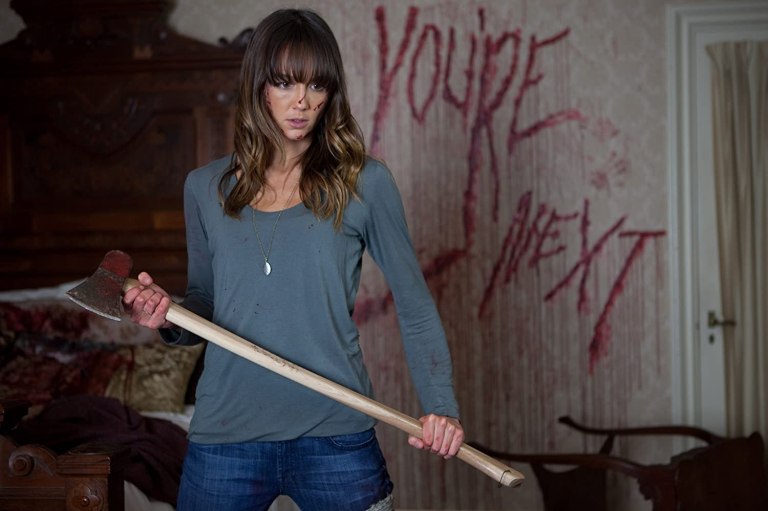
This film is an original take that subverts every expectation of the slasher and home invasion subgenres. When it comes to the trope, it challenges and redefines everything a final girl could be with Erin Harson (Sharni Vinson), teaching assistant turned girlfriend to Professor Crispian Davidson (A.J. Bowen). When she accompanies him to his dysfunctional family’s secluded estate for his parents’ anniversary, a reunion which also consists of his three siblings and their significant others, the tensions at the dinner table quickly become the least of anyone’s concern. Three masked assailants invade the mansion after shooting a crossbow through the dining room window and start hunting them down one by one.
The leading lady doesn’t cower in fear and makes the decision to tackle the threat. To everyone’s surprise—the characters and audience alike—she is undoubtedly the stronger and more dangerous party. She grew up in a survivalist compound, which equipped her with the combat tactics and the skills required to survive and defeat them. Erin puts up a ferocious fight, sets traps, makes use of a variety of weapons, outsmarts the attackers, and doesn’t hesitate in brutally killing when necessary. She’s not merely defensive, but she sets out on the offensive.
The VVitch (2015)
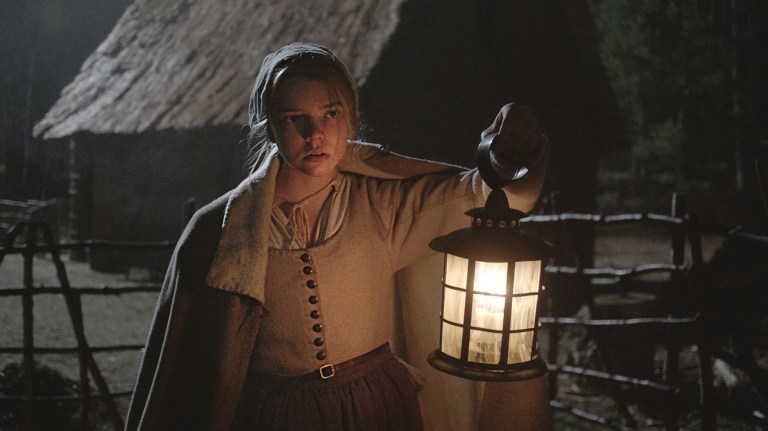
The folk horror The Witch isn’t technically a slasher, but Thomasin (Anya Taylor-Joy) is the only one left standing after an inconceivable force has picked off her family one by one. Although she was never in any true danger because she was being “courted” by Satan the whole time, she was at peril living with her puritanical, paranoid family. They were always going to be a threat to Thomasin, with or without Black Phillip in the picture. As a young woman in 1630s New England, she arguably had more to fear from them than she did from Satan and his witches. As the eldest daughter, she was nothing more than a trade commodity to them—servitude or marriage were her only shot at life. Because of her burgeoning sexuality, they were so quick to treat her like a villain. Her own mother was especially cruel, shunning her and accusing her of being a witch in disguise, and going as far as accusing her of bewitching her brother and cursing the family.
By the end of the movie, Thomasin has overcome so much torment and horror, including almost being murdered by her own mother. After pushing her mother’s (literal and metaphorical) dead weight off of her, Thomasin rises, and for the first time in her life her desires are validated. “What do you want?” asks Satan. She gives in and becomes “that very witch,” completely deconstructing the final girl trope. When she’s put in the position to face the killer, instead of fighting or outrunning him, she joins what is perceived as the dark side. Thomasin becomes the very thing society fears most—a powerful and unapologetically liberated woman living outside their norms. Satan granted her agency and control in her own life. There’s joy, elation, and relief in her eyes as she rises naked with the other witches—it’s a happy ending for Thomasin. Her presence was too strong to not have a life in which she could “live deliciously.”
See also: 25 ‘Good For Her’ Horror Movies
Terrifier (2016)

After his segment in the horror anthology film All Hallow’s Eve (2013), Art the Clown (David Howard Thornton) makes his feature debut in Terrifier. The movie follows the maniacal, sadistic clown on Halloween night as he terrorizes two young women, Tara and Dawn (Jenna Kanell and Catherine Corcoran), and anyone else who gets in his way, leaving a trail of bodies behind him. From the very start, Tara Hayes is presented as final girl material. She comes off as a bit reserved, but firm. Tara appears to be more sensible, responsible and level-headed than her drunk blonde friend, taking the keys away from her when she tries to drive. Immediately, she senses something off about Art the Clown. It’s she who he develops an obsession with. She puts up a hell of a fight, and when she gets a chance to run, she stays put to defeat the killer. Her death halfway through the film was shocking, but it wasn’t the end of the subversion of audience’s expectations.
Her sister Victoria (Samantha Scaffidi), who goes searching for her, ends up being the final girl in the end. Victoria suffers a horrifying ordeal which culminates in Art eating and permanently disfiguring her face. She survives, as a final girl always does, but she’s physically, mentally, and emotionally scarred for life. Victoria becomes someone unrecognizable, and not just in appearance. She becomes a reflection of the clown’s monstrosity and depravity. Instead of turning into a heroine or becoming a helpful guide to the next victims in the sequel, she’s corrupted by her trauma. When she brutally attacks the talk show host who mocked her, her darkness matches Art’s.
Tragedy Girls (2017)
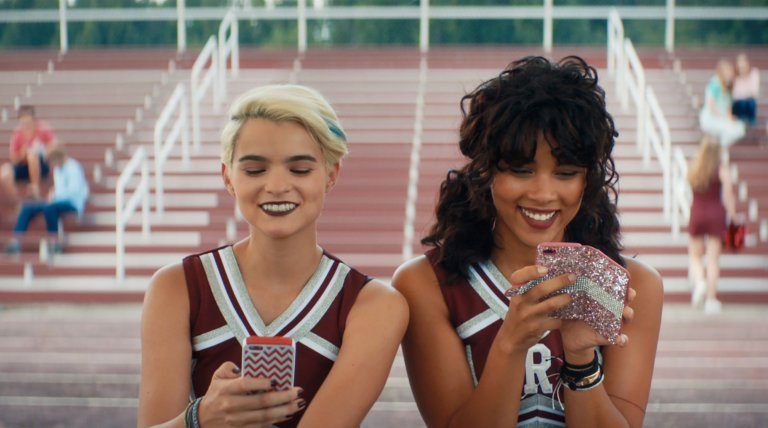
Tragedy Girls is a fun subversion of the final girl. It completely dismantles the trope and turns it into something else entirely. Not to mention, it has two women of color as the victorious protagonists. A Black girl and a girl of Indigenous and Mexican descent leading a horror movie—a first in a genre overrun with white women. In a lot of ways, the movie can be seen as Scream (1996) from the perspective of the killers.
Childhood besties and teenage true crime reporters, McKayla Hooper and Sadie Cunningham (Alexandra Shipp and Brianna Hildebrand), are obsessed with death and horror movies. They have an inexplicable and loyal bond to each other, and there’s queer subtext between them, much like with Billy Loomis and Stu Macher. McKayla’s ex-boyfriend is their first victim, mirroring Casey Becker. Jordan Welch (Jack Quaid), translates into Sidney Prescott’s character. His mother is dead and it so happens that the teen girls murdered her when they were children. Unlike Sidney, however, Jordan doesn’t survive in the end. He’s killed by the burgeoning psychopaths before they trap 124 prom students in the gym and set the prom on fire. The villains-turned-final girls go off to college, gain fame, and go on to live happily ever after.
Us (2019)

Jordan Peele’s psychological slasher subverted the entire genre in big ways. Instead of the predominantly white viewpoint audiences usually experience in horror, we’re shown that of a Black woman’s. Lupita Nyong’o slays in her role as Adelaide Wilson, a woman who (the audience is deceived into believing) experienced an unspeakable trauma as a child. Adelaide is an exception in many ways. She’s a Black final girl. As a mother, she deviates from the final girl norm. Her affluence has allowed her to assimilate into a privileged and white society, a comfort which is soon threatened by The Tethered. Adelaide is forced to confront her tormentor, as well as societal injustices and her deep-rooted issues.
In a surprise twist, it’s revealed that the Adelaide the viewer has come to know and root for the entire time is actually the Tether. She choked the real Adelaide, chained her up, and left her in the tunnels that night as kids. Then, she assumed her identity, stealing her entire life and future. Red, the real Adelaide, then spent years planning a rebellion. The fraudulent Adelaide kills the original one and emerges as a final girl in the end. Final girls aren’t typically a villainous monster, and although she doesn’t belong in the real world, the viewer still empathizes with her after the reveal. Being born in oppression as a Tether wasn’t something she asked for, after all. She did what she had to do to escape her misfortune.
Candyman (2021)

Nia DaCosta’s supernatural slasher and sequel to the 1992 original movie is a story of revenge and reparations, which sheds light on the systemic racism and racial violence that has permeated the US since its founding. The film focuses on Anthony McCoy (Yahya Abdul-Mateen II), a visual artist who has just moved into a loft in the now gentrified Cabrini neighborhood with his girlfriend Brianna Cartwright (Teyonah Parris), an art gallery director. After a chance encounter with an old resident of the Cabrini-Green housing projects, Anthony begins to explore the grim history of Candyman through his art, wearing away at his sanity and unleashing horrifying violence.
That Brianna emerges as the final girl is subversive in nature, and not just because historically speaking Black women don’t get to, but because she was sidelined throughout much of the film. Although it’s barely explored, Brianna has her own past and trauma—her father committed suicide in front of her as a kid. At the end, this trauma is triggered when the police racially profile Anthony and unjustly shoot him. He dies in her arms. The corrupt cops try to coerce her into corroborating their false story. Refusing to surrender her agency, she summons the killer and uses the boogeyman-turned-vigilante to take out the real monsters. No final girl in the history of horror has ever been spared by the killer nor used him to her advantage.
X (2022)

Praise the horror gods for Ti West, who gave horror girlies a new obsession in the it-girl of the genre, Maxine Minx (Mia Goth). The arthouse slasher follows Maxine and a group of adult filmmakers as they rent out the guesthouse at a ranch to film a pornographic film, which unknown to them is owned by a homicidal elderly couple. The movie rejects tradition in every sense, bringing to life a sex-postive and progressive story that explores themes like female pleasure, sexual agency, self-empowerment, and desire. Ti West doesn’t condemn female sexuality as punishable by death, but celebrates it. His characters have agency over their dreams, wants, and sexual desires.
Maxine Minx is the biggest subversion in the film, the ultimate antithesis of the final girl archetype in every sense—“a f*ing sex symbol.” Her complex character embodies all the “sinful” qualities not usually seen in a final girl, in stark contrast to mousy good girl Lorraine (Jenna Ortega), who under a traditional formula would have survived in the end. Maxine does all the things Randy Meeks warned us not to do in a horror movie. She doesn’t merely have sex and do drugs, but she’s unapologetic when it comes to her sexual prowess and hunger for fame. Every known rule of horror is broken with her character. Maxine will undoubtedly continue to redefine how women are portrayed in the genre in the much awaited third installment.
Further reading:
